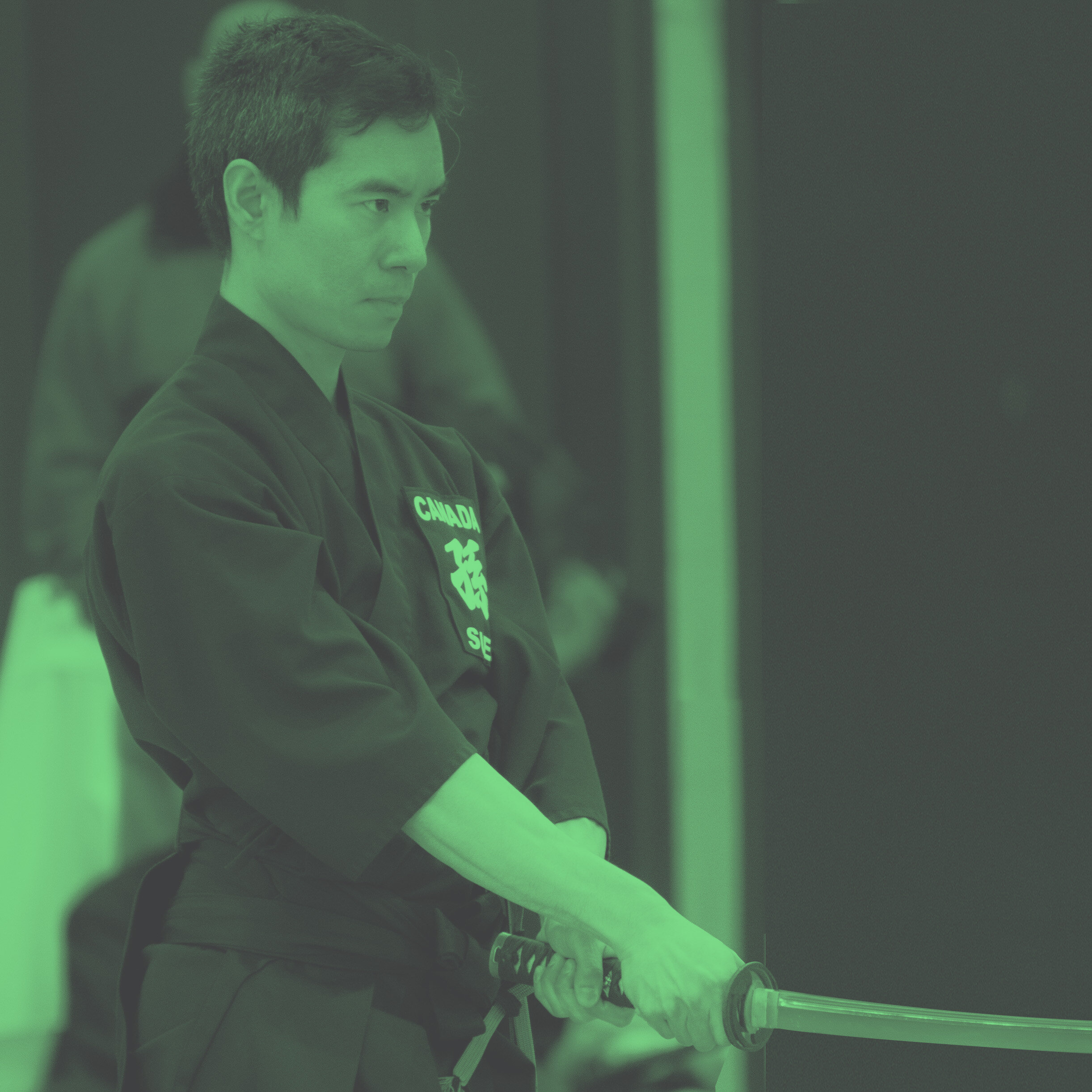

“No matter how old you are, or how disabled, it can be adapted.” “Most people like the Filipino martial arts,” or FMA, “because size doesn’t really matter,” said Steven Dowd of Fallon, Nev., who publishes the online FMA Digest. Acosta conceded, but appeal to both genders in their homeland. The regimens attract few women in this country, Mr. Acosta explained, because “a real attack is random chaos.” “You have to learn the pattern, and then break the pattern,” Mr. Acosta said.Ĭlasses consist of sparring and grappling drills called offensiva-defensiva, usually practiced in pairs. It’s no accident that their weapons rattan sticks, wood daggers and the hard side of one’s hand can be approximated by items you might have on hand, like umbrellas, bottles or even a pen, Mr. Of all the disciplines covered here, the arts of kali, arnis and eskrima, from the Philippines, are perhaps the most vigorous, employing an almost balletic violence to prepare for rough nights on the town. Kali, Arnis and Eskrima: A Filipino Solution Boorstein said, but more important, it helps “heighten your ability to notice, and that’s what we’re all trying to do in our lives.” Kyudo can improve posture and maintain strength, Mr. “It’s a standing meditation,” added a visiting instructor, Jim Boorstein, an architect who practices kyudo in New York. Even releasing the arrow is less a decision than something “that happens when the movement is right, like fruit dropping.” “Every movement of the hands, of the body, of the feet, is prescribed” by sequences analogous to iaido’s kata, Ms. Shibata intoned, adding that “if he has a good heart, he will hit the target even if he is blind.”


“A master does not try to hit the target,” Mr. Indoors, she popped in a video profile of Kanjuro Shibata, her school’s master, who looks like a Japanese Jack LaLanne but sounds like a mystic. “You have to have this awareness of what you’re doing but not be judging it,” explained Vivi Spicer, a Maryland curator, as she trained in her yard. While that distance can stretch, kyudo is not about the bull’s-eye. It can be surprising in Japanese archery to see a shooter taking aim a mere bow’s length from her target. Here are some of the best fighting arts you may never have heard of, all taught in and around New York City. “The ancient program for the Chinese military was to be able to run 90 kilometers in a day and be able to crawl through infested areas,” said Stanley Henning, who has taught Chinese combat traditions for 40 years. Martial arts themselves can strengthen out-of-shape participants, but elite practice usually requires outside conditioning. In addition to swords, samurai learned to fight with jo, or four-foot oak staffs bow and arrow and long wooden staves called naginata.

Perhaps no fighting cadre mastered as diverse an arsenal as Japan’s samurai warriors, who handed down some half dozen disciplines melding agility with mental focus. In the Filipino street-fighting arts known as arnis and kali, bettering oneself is as important as besting an opponent, said Rich Acosta, an instructor in Manhattan and New Jersey. Masters of the Zenlike Japanese archery called kyudo, for instance, stress the target’s unimportance. These disciplines can tweak conventional notions of athletic prowess. While anyone can try them, they seem to attract experienced martial artists seeking higher levels of skill and understanding. Whether for sport or self-defense, Asian martial arts are about as alien as, well, glazed doughnuts.īut there are a handful of esoteric styles that are not nearly so common. Black Belt magazine counts some 20,000 studios nationwide and estimates that perhaps two million Americans practice Eastern fighting disciplines weekly or more, said the executive editor Robert Young. WHEN it comes to the popularity of judo, tae kwon do and other combat disciplines, the math says it all: Asian martial arts studios in the United States outnumber Dunkin’ Donuts outlets by more than three to one.


 0 kommentar(er)
0 kommentar(er)
